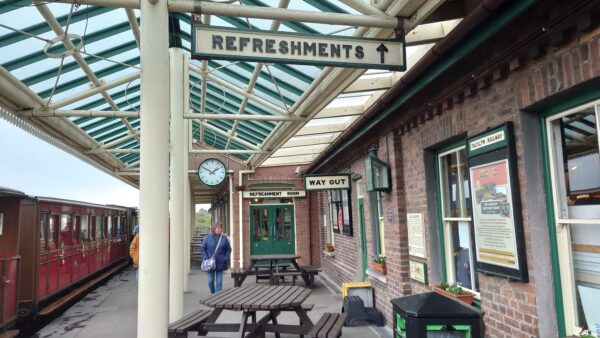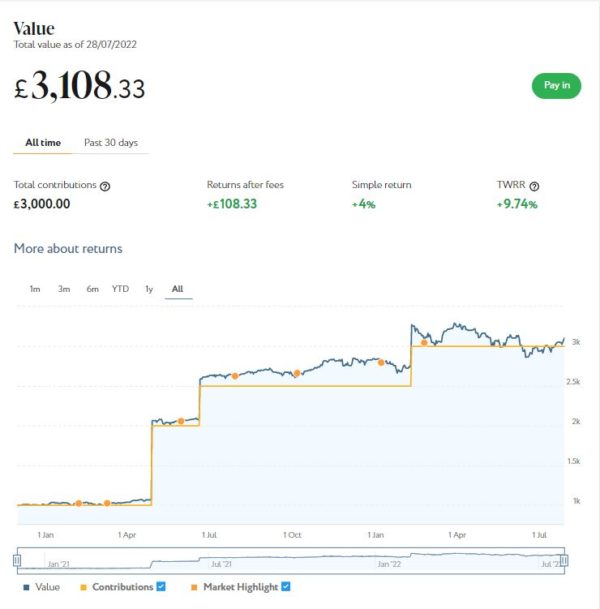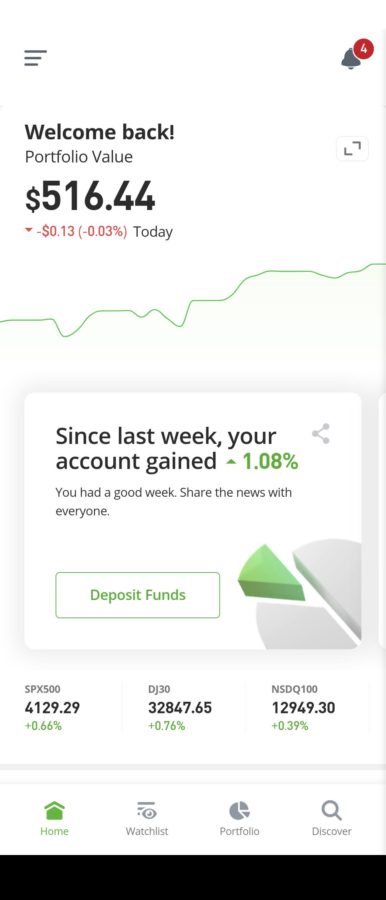My Short Break in Aberdovey
I recently returned from a three-day break in Aberdovey (Aberdyfi in Welsh). This is a small town on the mid-Wales coast. It was the first time I’d been to Aberdovey, though I’d heard good reports about it from friends.
I stayed in a two-bedroom apartment with a wonderful view across the estuary. I booked through Airbnb. I’ll say a bit more about the apartment below.
I should mention that although I travelled (and stayed) on my own, I met up with an old friend from Birmingham there. David recently lost his wife, for whom he had been caring for several years, so I thought he might appreciate a bit of company on his first solo trip away (I enjoyed his company as well, of course). David stayed at a pub/hotel called the Penhelig Arms. He liked it there, though car parking could be a bit of an issue. It appears their car park has been turned into a beer garden!
Aberdovey is about five miles south of Tywyn and 10 miles north of the university town of Aberystwyth. Here is a map of the area from Google Maps…
Accommodation
As mentioned, I stayed at an Airbnb property in Aberdovey. Under Airbnb’s rules I’m not supposed to reveal exactly where it was, but the location was certainly convenient. It was opposite the main car park, beyond which was the sea. The beach was around two minutes’ walk away, and all the restaurants, cafes and shops were within easy walking distance (not that there are very many – Aberdovey is only a small place).
You can read more about where I stayed on this page of the Airbnb website (you can also read my post about booking a holiday with Airbnb here). The apartment had a good-sized master bedroom with a comfortable double bed, and a smaller second bedroom with twin bunk beds. The latter would have been okay for children but adults might find it a bit of a squeeze.
The apartment had a decent-sized bathroom with (unusually these days in my experience) a bath with a shower over it. The shower worked well and there was plenty of hot water. I did try having a bath on my last night and found the taps very stiff, though. Possibly they don’t get used very much! I reported this to the host as I thought she would want to know, but it was no big deal, obviously.
The living room had a stunning view across the estuary (see photo below). It was quite spacious and had a good quality flat-screen TV (though no DVD player). The kitchen area just off the living room had all the facilities you would need/expect, including a toaster, fridge, sink, cooker, dishwasher, and so forth.

The apartment had gas central heating. As it was April I definitely appreciated this in the evenings and early mornings. There was a main thermostat in the living room and all the radiators also had thermostatic valves.
The apartment had free wifi which worked perfectly during my stay (not always the case in my experience). Although central, the location was quiet and peaceful, and I slept very well.
Finally I should say that communication from my Airbnb host (Irene) was excellent. She sent me very detailed instructions about how to get there, where to park, local amenities, and so on. One big plus was that residents in the apartment can use a council parking permit which allows them to park in the car park opposite (and various other places in Abverdovey) free of charge at any time. I left my car in the car park opposite, which was perfect for me.
Financials
As Pounds and Sense is primarily a money blog, I should say a few words about this.
I paid a total of £480 for my three-night stay. This was made up as follows:
- £150 x 3 nights = £450
- Cleaning fee £30
I was charged an initial deposit of £225, with the balance of £255 taken from my card a fortnight before my visit. The total price worked out to £160 a day. Obviously that’s not cheap but I thought it was reasonable bearing in mind the high standard of the accommodation and the convenience of the location.
Things to Do
As mentioned earlier, on this break I met up with an old friend, David. We spent some of the time together and some separately, which worked out well.
On our first full day we went on the Talyllyn Railway together (see photo below). This is a heritage steam railway that runs inland from the town of Tywyn, a short drive up the coast road from Aberdovey. I last went on the Talyllyn Railway five years ago (as described in this blog post) and was very happy to do so again.

We bought all-day tickets for £25 each and went all the way up the line and back in the morning. We then had lunch (tomato soup and a bread roll, both very good) at the station cafe in Tywyn. After that we travelled part of the way down the line to Dolgoch. Here we disembarked and spent an hour exploring the picturesque woodland with its many streams and waterfalls (see photo below). We then caught the last train back to Tywyn.

On our second full day we did our own thing. I stayed in Aberdovey, had a good wander round and got to know the place a bit better. I particular recommend the Medina Coffee House (picture below), where I went for both morning coffee and afternoon tea. You can sit inside or out here and enjoy a range of drinks, meals and snacks.

David went to Machynlleth, about 15 minutes drive away. Among other things, he visited the Centre for Alternative Technology (CAT). As a retired builder he was very interested to see some of the innovative building techniques being demonstrated here and said he would like to have stayed longer.
I met up with David each evening for a main meal. On two nights we went to the Penhelig Arms where he was staying. They serve traditional pub food, but none the worse for that. Their prices were very reasonable, and David got a 20 percent discount as a hotel resident, which was a nice touch (they also extended the discount to my meals, which was kind of them).
On the other evening we bought fish, chips and mushy peas from Aberdovey’s only chip ship (photo below). This was a stone’s throw from my apartment. We took it back to the apartment and sat watching the sun set over the sea while enjoying our meals. The food, the view and the company were all excellent!

Final Thoughts
As you may gather, I enjoyed my short break in Aberdovey, and am happy to recommend both the town and the accommodation where I stayed for a short break.
Aberdovey is a lovely place to relax and chill out. With its beautiful beach it could also be a good destination for families with young children. Older children and teenagers might find the lack of other entertainments a bit limiting, however. Although it’s not my thing, there are various water sports you can do there, including sailing, canoeing, sailboarding and paddle-boarding. There are also some lovely walks (and cycle rides) from the town.
In addition, the proximity of the Talyllyn Railway, Machynlleth and Aberystwyth offers good opportunities for days out. Aberdovey definitely isn’t a place you would go for the nightlife, though – even the fish-and-chip shop closes at 8 pm!
As always, if you have any comments or questions about this post, please do leave them below.























